Sufferers of Chronic Lyme disease will tell you their symptoms come and go.
What causes Lyme disease flare-ups though? Is it diet, mental stress, other illnesses or infections? Like other chronic conditions, Lyme will rear its ugly head and wreak havoc when triggered. The key is finding out what your particular triggers are.
What are symptoms of a chronic Lyme flare-up?
A flare-up can include extreme fatigue, sleeplessness, brain fog, light and sound sensitivity, muscle pain and stiffness, and irritability. These are but a few known symptoms of chronic Lyme sufferers.

Common Causes of Chronic Lyme Flares
One of the most common causes of Lyme flares is called the Jarisch Herxheimer reaction, or JHR. This is a reaction of a patient being treated for another infection with antibiotics. Those, who have Lyme bacteria, or spirochetes, will experience a symptoms flare-up within 24 hours of starting an antibiotic. The infection itself can also be a trigger for a Lyme disease flare-up.
If you have Chronic Lyme and experience a flare-up of unknown origins, here are some things that might be causing your relapse.
Diet
When you suffer with any chronic condition, it is very important to know what types of foods might have an effect – negative or otherwise – on your body. Chronic Lyme sufferers might experience a flare-up by eating processed sugars or drinking alcohol.
Physical and Emotional Stress
Physical injury or surgical procedures could also result in a Lyme disease flare-up. A relapse could also be caused by extreme emotional stress, be it from a traumatic event or everyday stressors, such as work, school, or family life.
Lack of Sleep
Since sleeplessness is one symptom of a Lyme disease flare-up this situation might seem like a chicken-or-egg scenario. Are you flaring because you are not sleeping or not sleeping because you are flaring? Changes in work or school schedule or even long-distance travel could put your body into a weakened or exhausted state that would set you up for a Chronic Lyme flare-up.
What can be done to prevent Lyme disease flare-ups?
The first key to living with Chronic Lyme disease is finding a doctor and treatment regimen that works for you. Treatment and methods of prevention through lifestyle are different for every patient. However, there are some general guidelines, which anyone with Chronic Lyme could follow to promote a healthier lifestyle – and thus, less flares.
- Stay hydrated and practice a healthy lifestyle through diet and exercise.
- Get enough rest. The body cannot heal itself without real rest.
- Try to reduce the everyday stressors in your life. Perhaps practicing meditation would be beneficial.
- Do not overdo it when you are feeling unwell. Pace yourself in your everyday activities. Listen to your body when it feels weakened or tired.
- Seek dependable emotional support and/or a mental health provider to help you deal when traumatic events arise, or you begin to feel overwhelmed.

Lyme disease is a sad fact of the world we live in. Chronic sufferers face a lifetime of health maintenance and treatment. Lyme disease flare-ups can really affect physical and emotional well-being.
Consider year-round tick control for the prevention of Lyme, and seek immediate medical attention if you believe you have been bitten by an infected tick.
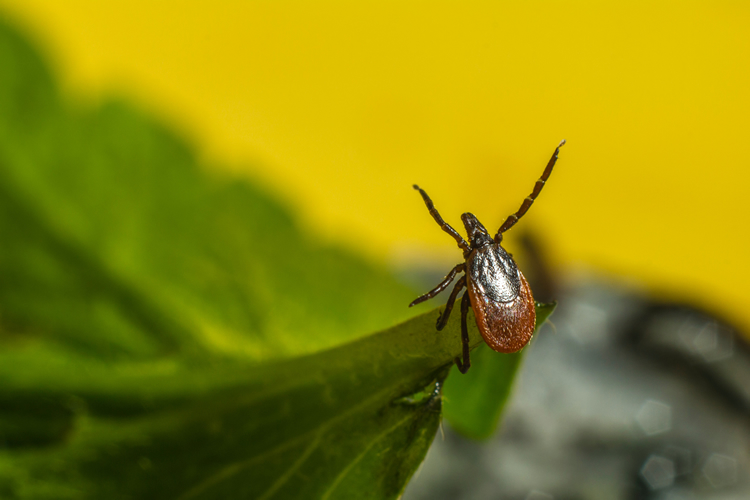
 There is no reason to stop your tick control efforts with the change of season. There are a lot of reasons that you should never halt tick control around your home and property. To name a few: Lyme disease, Babesiosis, Rocky Mountain spotted fever, Powassan disease, Tularemia.
There is no reason to stop your tick control efforts with the change of season. There are a lot of reasons that you should never halt tick control around your home and property. To name a few: Lyme disease, Babesiosis, Rocky Mountain spotted fever, Powassan disease, Tularemia.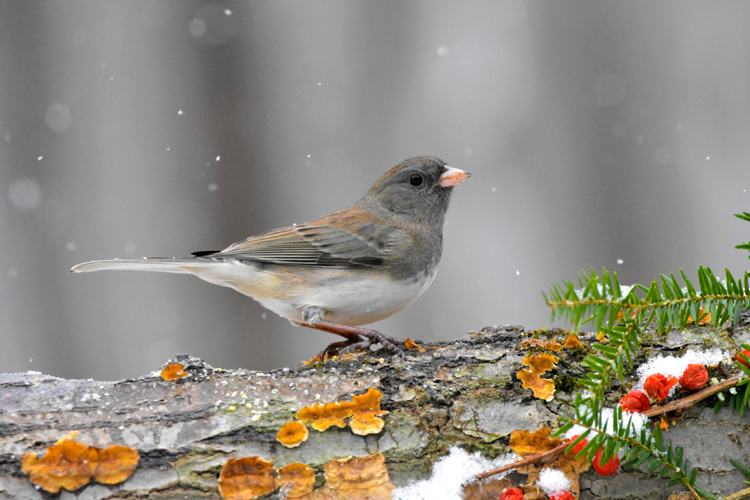

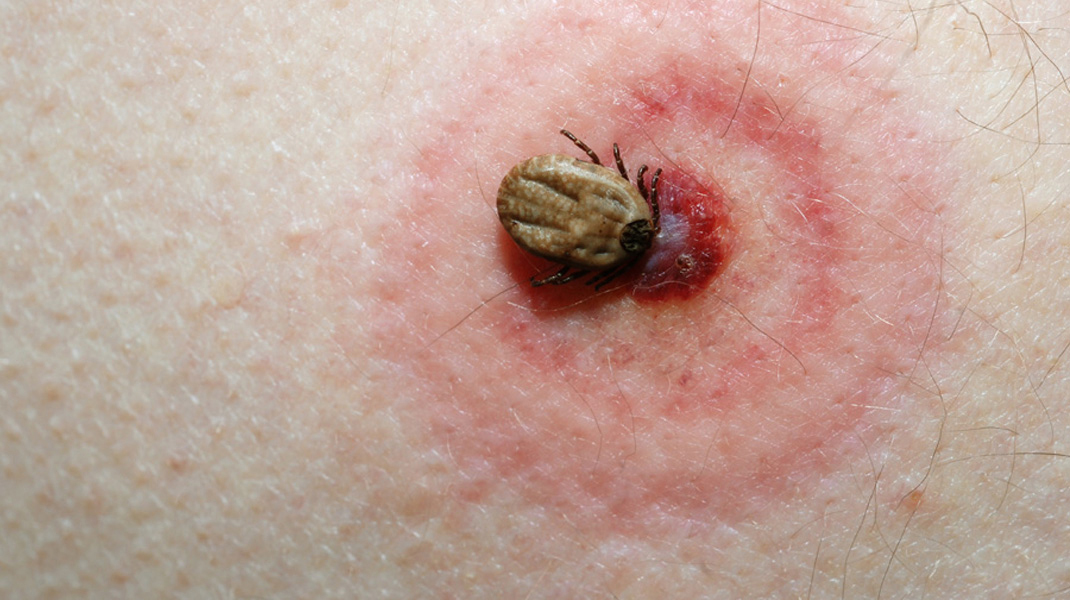
 Until we have a safe and surefire method of
Until we have a safe and surefire method of 
 Due to the seriousness of tick-born diseases, such as
Due to the seriousness of tick-born diseases, such as 





 If you are looking for effective
If you are looking for effective 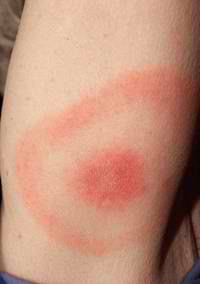


 The best way to prevent Lyme symptoms that mimic dental issues is to protect yourself outdoors. Use tick protection on your skin and clothing when you go hiking or camping. Practice the
The best way to prevent Lyme symptoms that mimic dental issues is to protect yourself outdoors. Use tick protection on your skin and clothing when you go hiking or camping. Practice the 
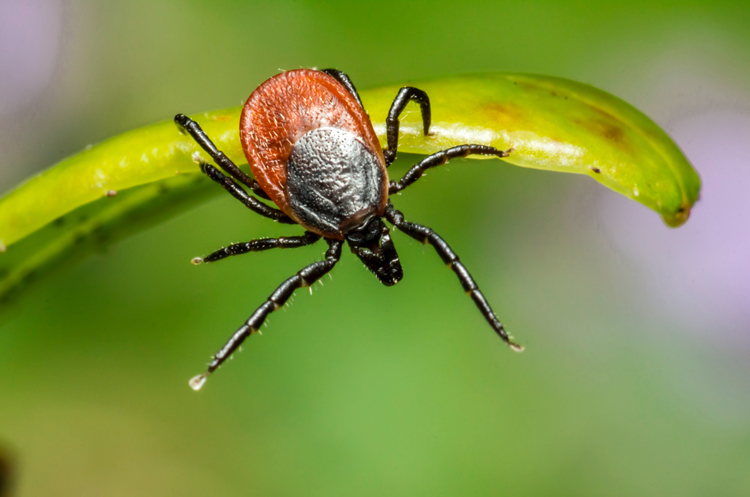




 Lyme disease is the most common tick-borne illness in the United States. There are an estimated 300K cases each year. Though, according to the CDC, the vast majority of those cases are not confirmed. The line of infection versus non-infection is quite blurred. What is clear, is the imbalance of confirmed Lyme disease cases in the Northeastern and Southeastern United States – even though deer ticks are rampant in both regions. Scientists believe they have found clear answers to this quandary! Clarification begins with mice and lizards.
Lyme disease is the most common tick-borne illness in the United States. There are an estimated 300K cases each year. Though, according to the CDC, the vast majority of those cases are not confirmed. The line of infection versus non-infection is quite blurred. What is clear, is the imbalance of confirmed Lyme disease cases in the Northeastern and Southeastern United States – even though deer ticks are rampant in both regions. Scientists believe they have found clear answers to this quandary! Clarification begins with mice and lizards.


